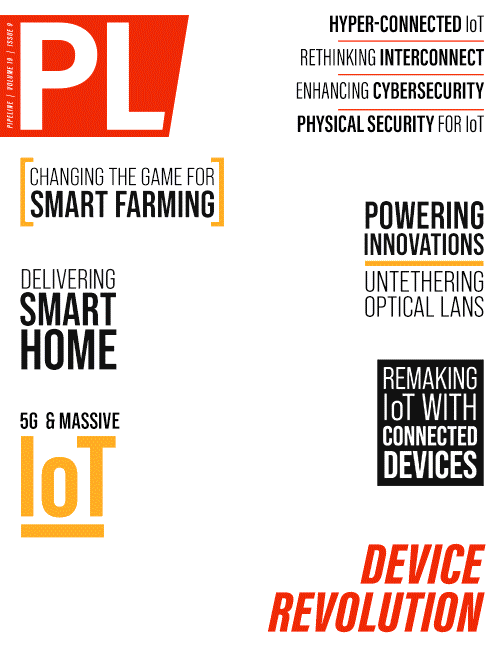Supporting a Hyper-Connected Reality
As IoT devices were originally rolled out to solve specific problems or improve quality of life on a more limited scale, users and businesses have become aware of the value in the metadata that these solutions are simultaneously able to collect. IoT devices are now sought after to help provide answers to questions around novel approaches to cull previously untapped value from data. This change in perception has pushed the demand for these kinds of systems across all enterprises, requiring networks and infrastructure to provide solutions related to bandwidth, configuration of networks, architecture and design, and more.
That being stated, it is imperative for service providers to have a comprehensive set of hosted operational services to make certain that these networks always maintain maximum uptime and full functionality. One such service is Network Monitoring (also referred to as NOC), which ensures the network is managed and monitored effectively. If a connectivity issue affecting the network should arise, it can be resolved swiftly, limiting impact to the data and network – and by extension, the device and end-user.How do we monitor the networks today? What is possible in the future?
Today, managing and monitoring IoT devices and services often involves using specialized software platforms that can help monitor device connectivity, manage device configurations, track usage patterns, and troubleshoot issues remotely. These platforms also provide key data analytics to help identify patterns and insights – the data coveted by so many. This is where many answers to the future of a hyper-connected reality can be sculpted and refined.
Moving forward, we can expect to see continued advancements in IoT management and monitoring, including the use of artificial intelligence (AI) and machine learning (ML) to automate many of these processes. For example, AI and ML could be used to identify potential issues before they become major problems, predict usage patterns and device failures, and optimize network performance to improve overall reliability and uptime. Preventative maintenance will soon become the norm vs. repair after the fact.
Overall, we predict the future of IoT management and monitoring will likely involve an intricate combination of advanced technologies and human expertise to ensure that IoT devices and services continue to meet device and end-user expectations as well as enhance everyday experiences.
What we’re seeing
At Fortress Solutions, we have personally witnessed the effects of this new hyper-connected reality on both enterprises and end-users alike.
JBG SMITH
As a premiere partner for end-to-end facilities management services for JBG SMITH’s fiber optics, edge data center, and 5G infrastructure across their National Landing project (known as the first 5G Smart City in the United States), we have been able to see the impact this is creating for both service providers and end-users. National Landing is a “community of opportunity” located at the center of the DC region, blending the best of both city living and urban outdoors—creating a space built specifically for this new, hyper-connected reality. National Landing is poised to deploy cutting-edge digital infrastructure, promote seamless connectivity, and fuel innovation with new business models in Industry 4.0—not only creating great potential for JBG SMITH but for its end–users… businesses, residents, government agencies, and more.


















